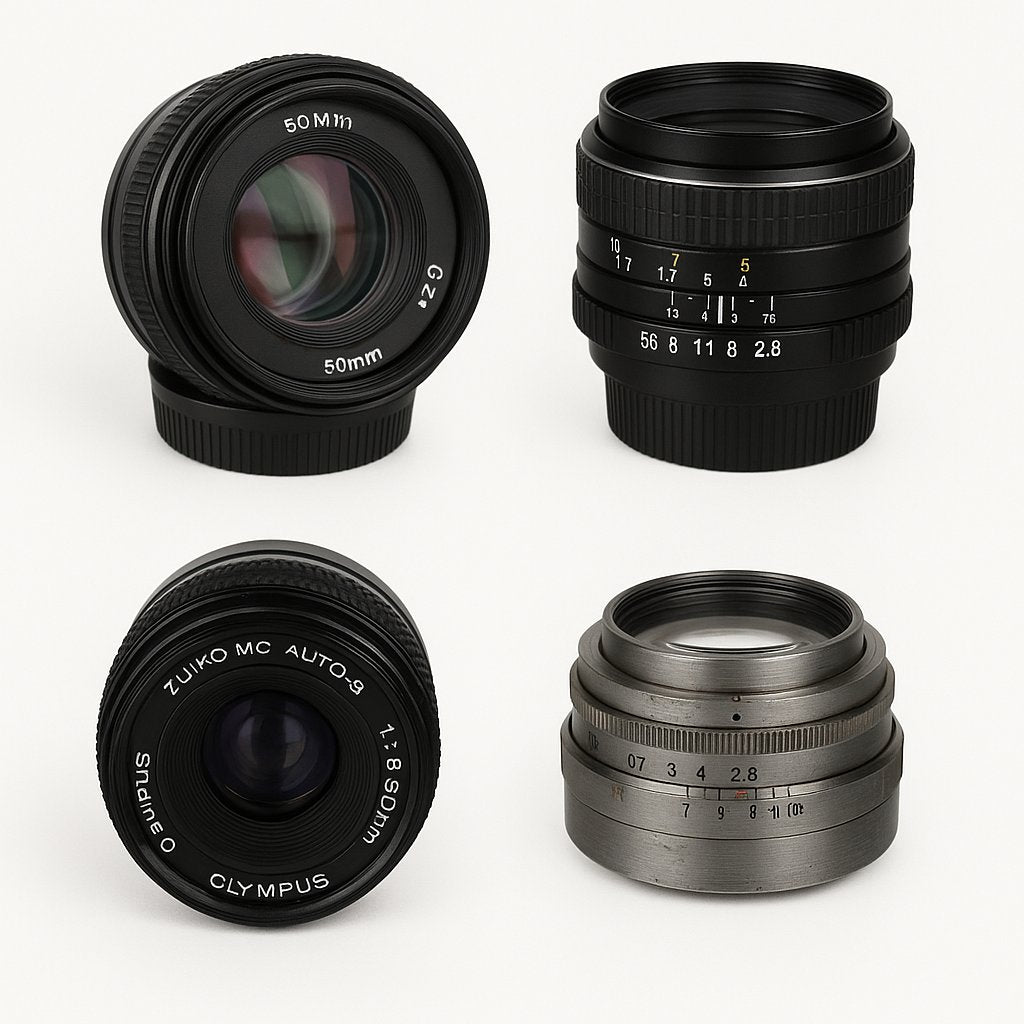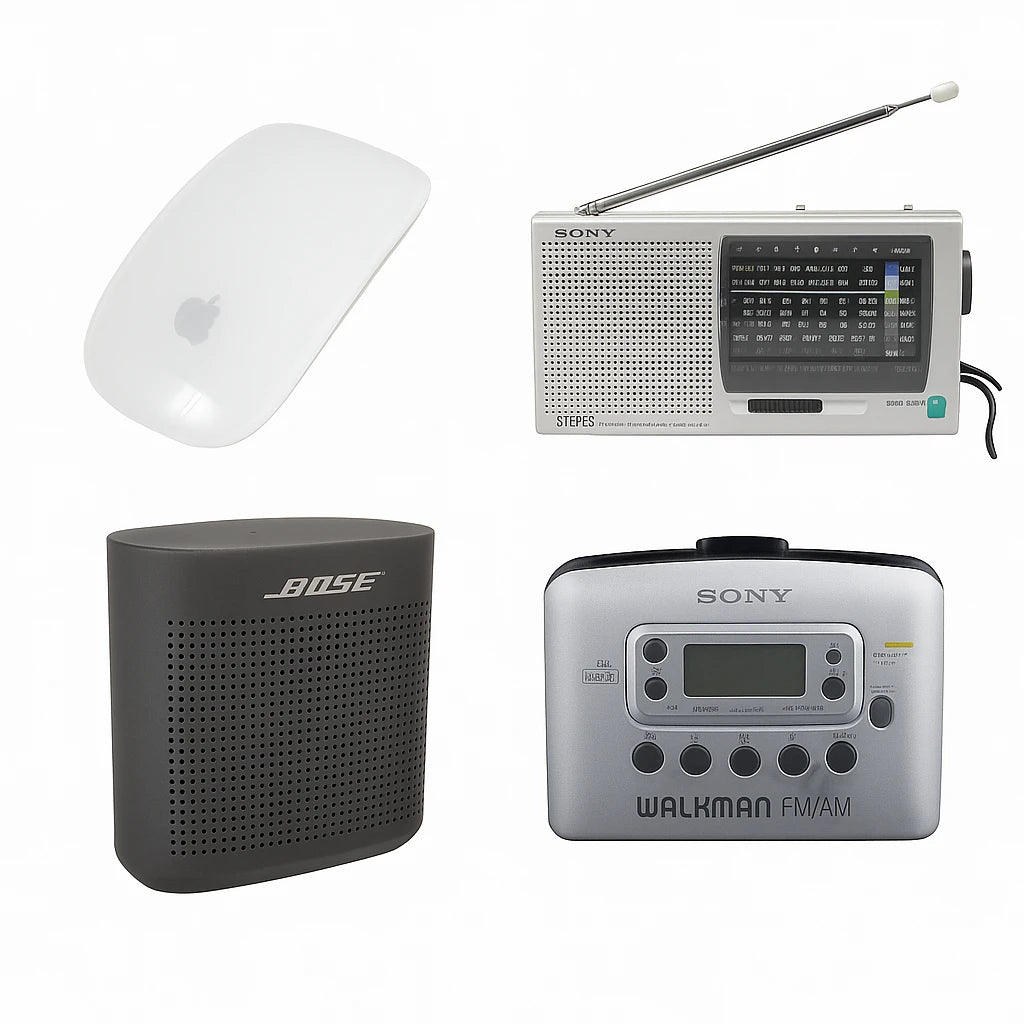Looking to buy a camera in 2025 but not sure whether to go refurbished or second hand? This guide breaks down the benefits, risks, warranties, and buying tips to help you make the right call.
Refurbished vs Second Hand Cameras: What’s the Difference?
In this section, you’ll learn the clear distinctions between refurbished and second hand cameras, so you can shop with confidence.
A refurbished camera is typically a previously owned model that’s been returned, inspected, repaired if necessary, and tested by either the manufacturer or an approved refurbisher. These units often come in near-new condition and include a limited warranty.
Second hand cameras, by contrast, are pre-owned models sold without refurbishment. They’re often sold privately or through marketplaces, with varying degrees of cosmetic wear and functionality. Protection depends entirely on the seller, if available at all.

I once bought a pre-owned gadget—a tablet—that looked perfect on the outside. Only weeks later did I discover the battery barely held charge. It taught me that appearances can hide big issues, especially in electronics. Cameras are no different.
Pros and Cons of Refurbished Cameras in 2025
This section explains why refurbished cameras are increasingly popular and what trade-offs to expect.
Pros
- Inspected and tested by a manufacturer or certified partner.
- Often sold with a 3–12 month warranty.
- Performance feels close to new.
- Includes return policies for added peace of mind.
Cons
- Costs more than second hand alternatives.
- Limited stock depending on returns and model popularity.
- Check for manufacturer authentication paperwork.
- Verify the exact length of coverage.
- Look for factory seals or test documentation.

Pros and Cons of Second Hand Cameras in 2025
This section walks you through the strengths and drawbacks of buying second hand cameras.
Pros
- Prices lower than refurbished equivalents.
- Broader variety, including discontinued classics.
- Potential to score rare bargains if you shop carefully.
Cons
- No guaranteed warranty or protection.
- Condition varies greatly between sellers.
- Higher risk of unseen mechanical wear.
- Inspect lens mount and sensor area for dust or scratches.
- Check shutter count and run a quick test shot.
- Verify seller’s credibility and potential return agreements.

Key Factors to Help You Decide
Here, you’ll weigh the key factors that steer your choice between refurbished and second hand in 2025.
Start by asking yourself whether you value peace of mind or saving every possible euro. A refurbished DSLR costs more but delivers long-term reliability through warranty coverage. A second hand mirrorless may save upfront cash but saddle you with surprise repairs.
- Do you prefer safety and warranty over lowest cost?
- Are you looking for discontinued models unavailable new?
- Will this be your main workhorse or just a backup hobby tool?
I once chose the cheapest audio recorder over a safer certified refurb. The device gave out mid-interview and I missed valuable quotes. That failure taught me reliability often trumps upfront savings—especially when work depends on it.
Practical Buying Tips for 2025
This section highlights real-world tactics so you avoid common pitfalls when purchasing in 2025.
- Request sample test shots and compare shutter counts before buying.
- Buy refurbished only from manufacturer-certified sources or trusted vendors.
- Always use buyer protection policies when purchasing online.
- Match your purchase to your goals—beginner hobbyists vs. pros need different levels of assurance.
- Always confirm that the seller lists clear return rules.
- Ask for official refurbishment proof.
- Compare expected lifespan with the usage history provided.

Quick Decision Guide
- Pick refurbished if you’re a professional and need warranty-backed reliability.
- Pick second hand if budget dictates and you’re willing to check thoroughly.
- Choose refurbished mirrorless models if you want longevity close to new.
- Opt for second hand DSLRs if chasing discontinued designs or testing film-style workflows.
Refurbished vs Second Hand: At a Glance
| Name | Best for | Spec | Result | Usability | Notes |
|---|---|---|---|---|---|
| Refurbished cameras | Pros & working photographers | Certified, tested | Near-new quality | Higher assurance | Comes with warranty |
| Second hand cameras | Bargain hunters, collectors | Varies widely | Condition ranges | Buyer-dependent | No standard coverage |
FAQs
- Are refurbished cameras better than second hand in 2025?
- Usually yes—refurbished cameras have testing and warranty, while second hand options are cheaper but riskier.
- How do I check quality of a second hand camera?
- Inspect wear, check sensor for dust, confirm shutter count, and ensure buttons and lens mount work properly.
- What warranty options exist for refurbished cameras?
- 3–12 month warranties or return policies, depending on manufacturer or seller.
- Which is safer to buy online: refurbished or second hand cameras?
- Refurbished models are safer, thanks to seller testing and warranties. With second hand, only careful vetting protects you.
- Can refurbished cameras last as long as new ones?
- Yes, many refurbished cameras perform close to new when properly serviced and with light prior use.
Find Your Camera
Whether you settle on a refurbished DSLR with warranty or a trusted second hand gem, we’ve curated collections designed for sustainable photography. Explore our DSLR cameras collection, shop our wide digital cameras selection, or complete your kit with lenses from our camera lenses range. Browse our curated refurbished and second hand cameras today.










0 comments